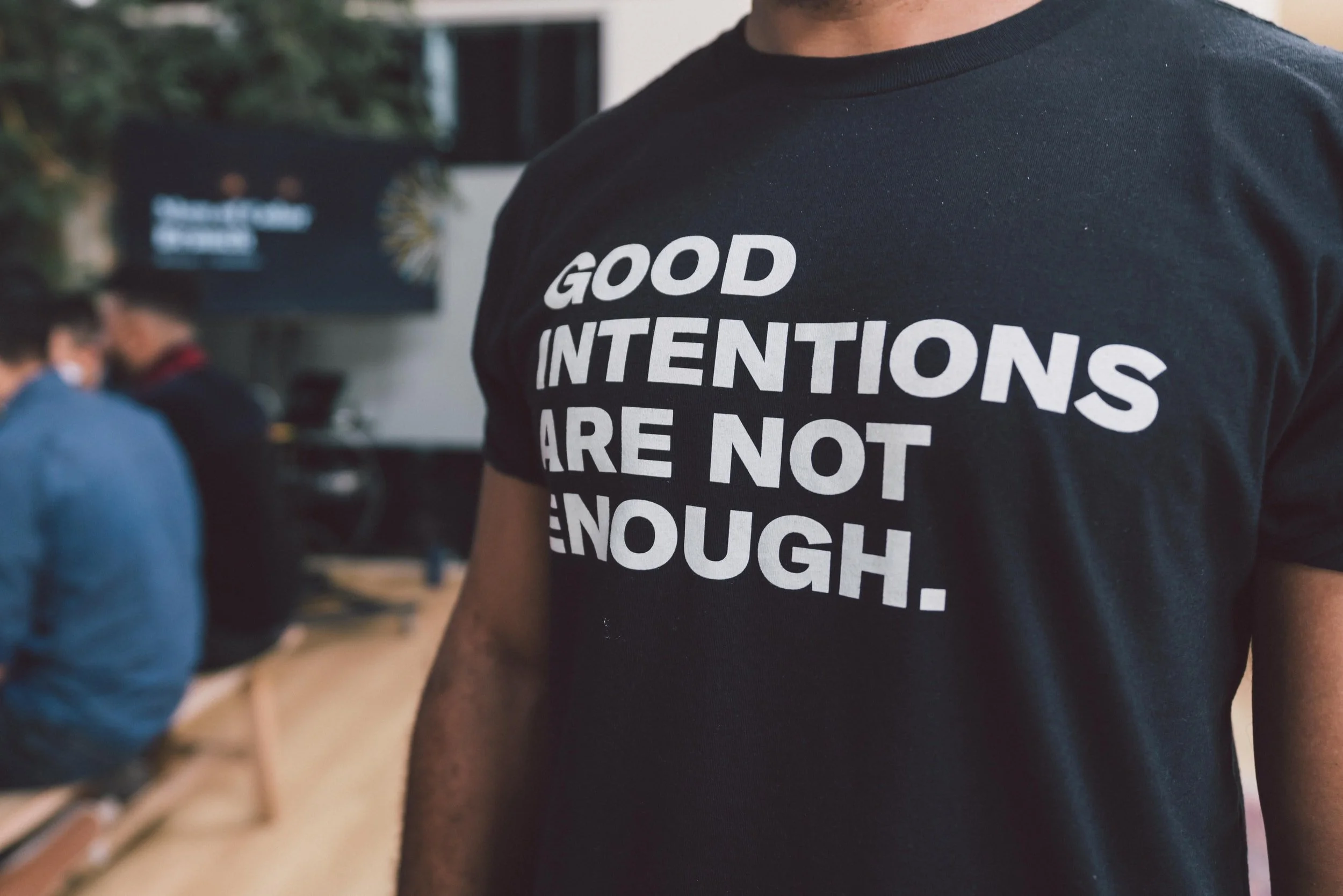During Pride Month, it feels like there are rainbows everywhere. Businesses—from massive corporations to the mom-and-pop shop on the corner—are showing support. Or perhaps, they are just performing support. Is it an attempt at representation, or is it marketing? How can you really tell?
There are more people than ever with open minds and hearts. But this does not change the fact that some people and groups will only pretend to be an ally. It is a form of virtue signaling. It is also a way to increase business or personal prestige. The hope is that you can distinguish them from genuine allies.
Distinguishing Between Effective Allyship & Performative Allyship
The best way to distinguish between the two is to define and understand what each term means. So, let’s begin there.
What is Performative Allyship?
To use a popular term of the day, a performative ally is concerned with optics. It’s about broad gestures that require little or no risk or effort. Adding a frame to your Facebook profile picture is symbolic. It does not translate into genuine, sustainable change. Performative allyship exposes itself in ways like this:
Your gestures center yourself as a good person rather than center the issues in question
You feel better about yourself and enhance your brand, but nothing changes
It involves little if any personal introspection or change
It’s reactive rather than proactive
The performative ally is not someone who can be relied upon when the going gets tough
What is Effective Allyship?
This is all about change. You wish to change the system of oppression. Simultaneously, you work to change yourself, your perceptions, and your behaviors. Here are some ways to recognize effective allyship:
The person or group calls out discrimination when they see it
It’s not connected to official holidays or months
Being open enough to listen and learn
Self-education
Self-awareness
Inclusive language
There is follow-through far beyond any initial gesture
Not speaking over or trying to speak for marginalized people
Walking a Fine Line
For anyone in the LGBTQIA+ community, there are decisions always being made about potential allies. A few things to keep in mind:
As tempting as it might be in the face of micro-aggressions, black-and-white thinking is not the answer
Everyone comes to awareness in their own unique way, and they may benefit from your help and guidance
A social media pile-on is not productive
Someone who seems unsupportive today can (and often does) evolve
That said, no one in the LGBTQIA+ community should ever be expected to endure rude or abusive treatment. It is a form of self-care to separate oneself from such scenarios. But therein lies the challenge. If the goal is to educate and thus create genuine allies, by definition, this means you will engage with some people who upset you.
You have every right to decide for yourself what boundaries need to be set. This is where a strong community becomes essential. Working effectively as a group increases the likelihood that some performative allies will be transformed into effective allies. Over time, you will become better and better at identifying which situations are worthy of your time, energy, and effort.
Speaking of Guidance…
An ideal scenario is one in which you connect with a therapist who is an effective ally. This setting is where you can:
Honor your emotions
Develop healthy coping skills
Learn more about dealing with allies in name only
Such a process is ongoing and ever-evolving. What a difference it makes to have a skilled professional as your guide and ally. Let’s talk about this soon. I invite you to schedule a free consultation at your earliest convenience.


